Scientists have discovered a new type of brain cell that promises to shake up the field of neuroscience.
The discovery brings an end to a decades-old controversy and may pave the way for new targeted treatments for a range of health conditions.
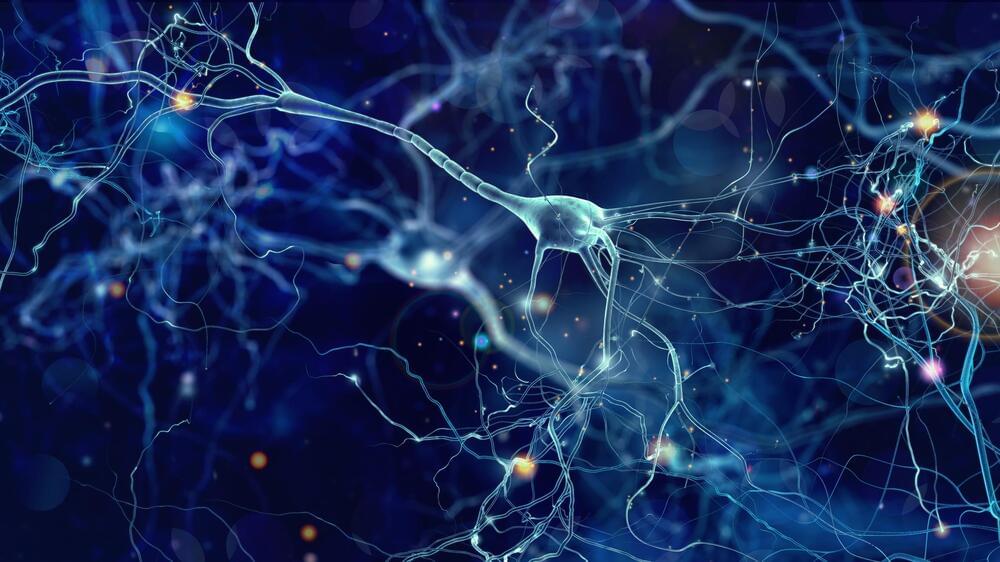
The 10,000-square-foot lab space is the first off-campus site for the university’s Discovery to Impact program.
For now, cyborgs exist only in fiction, but the concept is becoming more plausible as science progresses. And now, researchers are reporting in ACS’ Nano Letters that they have developed a proof-of-concept technique to “tattoo” living cells and tissues with flexible arrays of gold nanodots and nanowires. With further refinement, this method could eventually be used to integrate smart devices with living tissue for biomedical applications, such as bionics and biosensing.
Advances in electronics have enabled manufacturers to make integrated circuits and sensors with nanoscale resolution. More recently, laser printing and other techniques have made it possible to assemble flexible devices that can mold to curved surfaces. But these processes often use harsh chemicals, high temperatures or pressure extremes that are incompatible with living cells. Other methods are too slow or have poor spatial resolution. To avoid these drawbacks, David Gracias, Luo Gu and colleagues wanted to develop a nontoxic, high-resolution, lithographic method to attach nanomaterials to living tissue and cells.
The team used nanoimprint lithography to print a pattern of nanoscale gold lines or dots on a polymer-coated silicon wafer. The polymer was then dissolved to free the gold nanoarray so it could be transferred to a thin piece of glass. Next, the gold was functionalized with cysteamine and covered with a hydrogel layer, which, when peeled away, removed the array from the glass. The patterned side of this flexible array/hydrogel layer was coated with gelatin and attached to individual live fibroblast cells. In the final step, the hydrogel was degraded to expose the gold pattern on the surface of the cells. The researchers used similar techniques to apply gold nanoarrays to sheets of fibroblasts or to rat brains. Experiments showed that the arrays were biocompatible and could guide cell orientation and migration.
To check out any of the lectures available from Great Courses Plus go to http://ow.ly/dweH302dILJ
We’ll soon be capable of building self-replicating robots. This will not only change humanity’s future but reshape the galaxy as we know it.
Get your own Space Time tshirt at http://bit.ly/1QlzoBi.
Tweet at us! @pbsspacetime.
Facebook: facebook.com/pbsspacetime.
Email us! pbsspacetime [at] gmail [dot] com.
Comment on Reddit: http://www.reddit.com/r/pbsspacetime.
Support us on Patreon! http://www.patreon.com/pbsspacetime.
Help translate our videos! https://www.youtube.com/timedtext_cs_panel?tab=2&c=UC7_gcs09iThXybpVgjHZ_7g.
Previous Episode — Is there a 5th Fundamental Force.
https://www.youtube.com/watch?v=MuvwcsfXIIo.
Should we Build a Dyson Sphere?
From AI to AGI — witness the evolution. This video unpacks the intricate differences between AI and Artificial General Intelligence, shedding light on their roles in the Fourth Industrial Revolution. Explore the fascinating journey from specialized AI systems to the broad adaptability of AGI. Plus, catch a glimpse of what the future holds as we discuss the synergy between AI and AGI in modern tech.
Make sure your battery doesn’t die while watching these videos.
https://amzn.to/3PqBQi6
#1 New Release.
Coming Wave: Technology, Power, and the Twenty-first Century’s Greatest Dilemma.
An urgent warning of the unprecedented risks that AI and other fast-developing technologies pose to global order, and how we might contain them while we have the chance—from a co-founder of the pioneering artificial intelligence company DeepMind.
https://amzn.to/3KZQfPB
Superintelligence: Paths, Dangers, Strategies.
An insight into what happens when machines surpass humans in intelligence. Bostrom offers an in-depth exploration of the future of mankind with AI.
https://amzn.to/3PavlA4
Life 3.0: Being Human in the Age of Artificial Intelligence by Max Tegmark.
Tegmark offers a perspective on the future of life where AI dominates, pondering how life might flourish like never before.
https://amzn.to/3seB4vp.
Human Compatible: Artificial Intelligence and the Problem of Control.
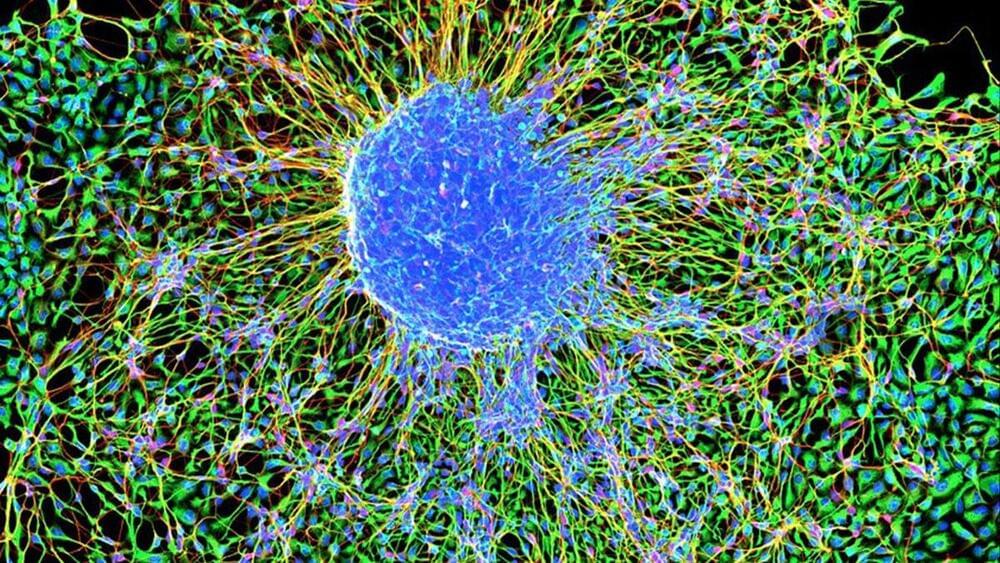
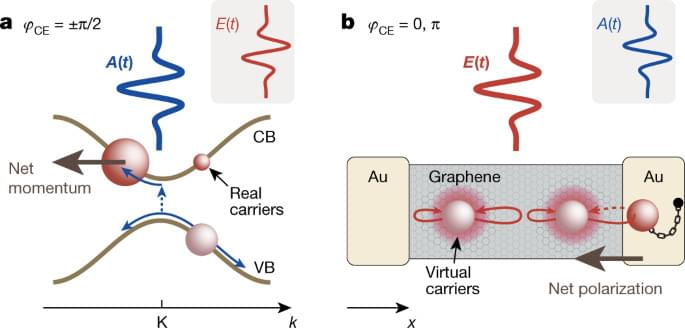
Year 2022 femtosecond logic gates for computers once thought to be almost a myth only for 2099 dreams is now real.
Light-field control of real and virtual charge carriers in a gold–graphene–gold heterostructure is demonstrated, and used to create a logic gate for application in lightwave electronics.
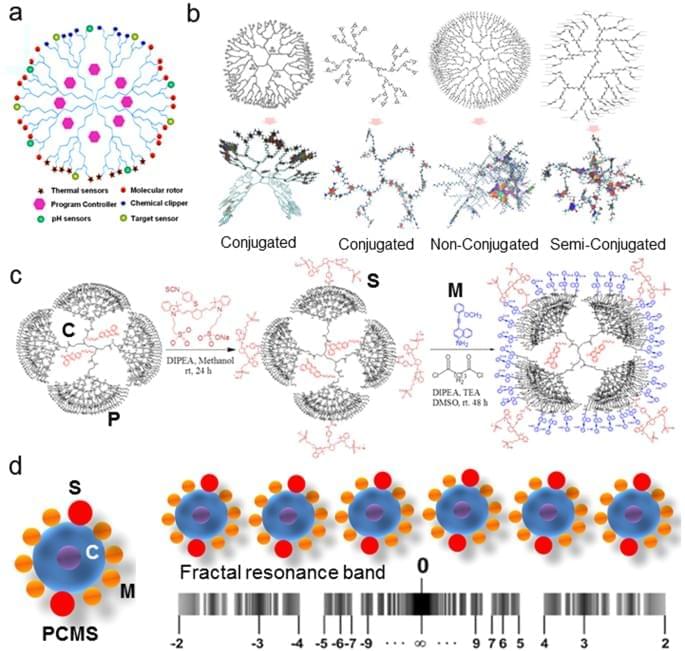
Year 2015 Once again nature shows intelligent design so advanced that it can leave us in awe. I personally never thought that an infinite logic gate was possible due to the nature of the speed of it or that it would create a gravity well or something weird but here it is an infinite logic gate 😗😁😘.
Scientific Reports — An organic jelly made fractal logic gate with an infinite truth table. Sci. Rep. 5, 11265; doi: 10.1038/srep11265 (2015).
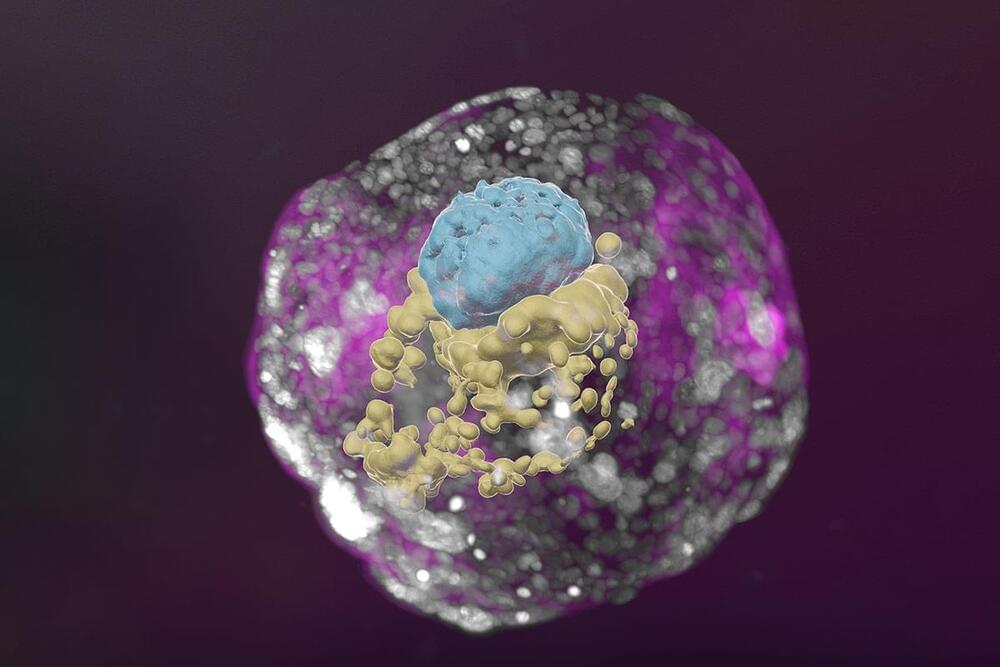
A research team headed by Professor Jacob Hanna at the Weizmann Institute of Science has created complete models of human embryos from stem cells cultured in the lab – and managed to grow them outside the uterus up to day 14. As reported today in Nature, these synthetic embryo models had all the structures and compartments characteristic of this stage, including the placenta, yolk sac, chorionic sac and other external tissues that ensure the models’ dynamic and adequate growth.
Longevity. Technology: Cellular aggregates derived from human stem cells in previous studies could not be considered genuinely accurate human embryo models, because they lacked nearly all the defining hallmarks of a post-implantation embryo. In particular, they failed to contain several cell types that are essential to the embryo’s development, such as those that form the placenta and the chorionic sac. In addition, they did not have the structural organization characteristic of the embryo and revealed no dynamic ability to progress to the next developmental stage.
Given their authentic complexity, the human embryo models obtained by Hanna’s group may not only provide an unprecedented opportunity to shed new light on the embryo’s mysterious beginnings, but open the door to new technologies for growing transplant tissues and organs.
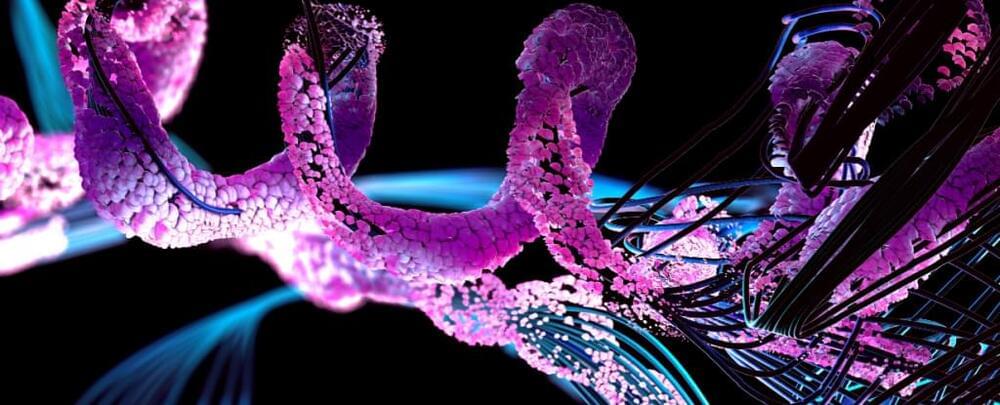
Inside our bodies at every moment, our cells are orchestrating a complex dance of atoms and molecules that uses energy to create, distribute and deploy the substances on which our lives depend.
And it’s not just in our bodies: all animals carry out this dance of metabolism, and it turns out none of them do it quite the same way.
In new research published in Science Advances, we analysed specific carbon atoms in amino acids – the building blocks of proteins – to discover distinctive fingerprints of the metabolism of different species.